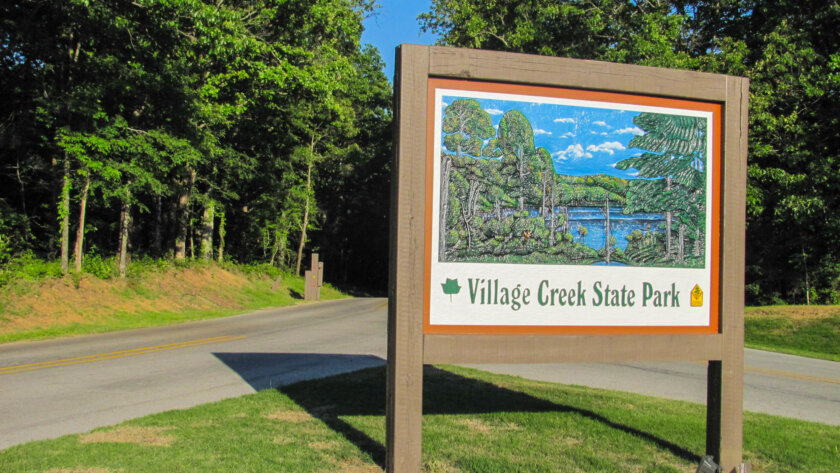You’re probably wondering what to see in Arkansas at Cross County. This rural county is located in the Delta of the Arkansas River in northeastern state. The county was established as the state’s 53rd county on November 15, 1862. Today, it has four incorporated cities, including the county seat, Wynne. In fact, the county seat is the largest city.
The county is home to two state parks and is one of the largest soybean producers in the state. The area also has the only copper tube mill in Arkansas, as well as two state parks. This area was founded during the Civil War and was heavily shaped by railroad development in the Gilded Age. Small industry and tourism began to take hold in the region in the late twentieth century. As such, you can visit the historic site of Cross County and learn about the history of this rural region.
For nature lovers, there is Mount Magazine, which is the only location in Arkansas where rufous-crowned sparrows nest. This is a great place to photograph wildlife. Make sure to take a look at the bird sanctuary while you’re there. It’s free and offers spectacular views of the Mississippi River. You’ll have an excellent opportunity to spot a bald eagle or a bluebird.
The railroads were the backbone of the United States, and Cross County is no exception. Despite the small size of the county, it is home to three major steel and iron industries. With the railroads, it became a thriving city. The county’s economy became more dependent on small industry and tourism in the later twentieth century. The Kenda Drive-In Theater is one of the most unique things to see in Arkansas at Cross County – Tourism
If you’re looking for something to do on your trip to Cross County, you should visit the Cross Country Museum. The museum is operated by the Cross County Historical Society and is located in an old elementary school. The museum’s three restored classrooms feature galleries that tell the history of the county. Some exhibits focus on prehistoric fossils, Native American Mound Builder culture, early agricultural life, and a tribute to the area’s military veterans. The building is also home to the Cross Co. Archives.
The Cross County Museum is one of the most popular tourist attractions in Cross County. It’s run by the Cross-County Historical Society and is housed in a historic building built in 1937. It has galleries that highlight the history of the area, including the Native American Mound Builder culture, early agriculture, and a tribute to the county’s veterans. You can also browse through genealogical records, newspaper files, and other county information at the museum.
In addition to the Cross County tourist attractions, you can also visit the Arkansas River Bridges Museum. This museum contains an aerial view of the riverfront in Cross County. The photographs are a must-see for locals in the area. If you are looking for a scenic place to visit, you can spend the day at the Felsenthal National Wildlife Refuge. While you’re in the area, don’t miss the chance to visit the St. Louis Southwestern Railroad.
The Tennessee Williams Museum is a popular attraction. It is operated by the Arkansas State University. In 1999, the museum was opened to the public. Visitors can view a copy of Tennessee Williams’ “A Farewell to Arms” in a performance by a performance artist. In addition to museums, the Missouri River is a popular place to hike or bike. In cross County, tourists can enjoy the historic Fort and other attractions.
The area’s history is full of historic buildings. The Civil War is also a significant part of the local history of Cross County. It was named after David C. Cross, a planter and slave owner who ruled thousands of acres in the 1860s. The railroad helped shape the county’s landscape and made the region one of the most populous in the country. The railroad shaped the county’s economy during the Gilded Age. In the late twentieth century, small industry and tourism became more important.

